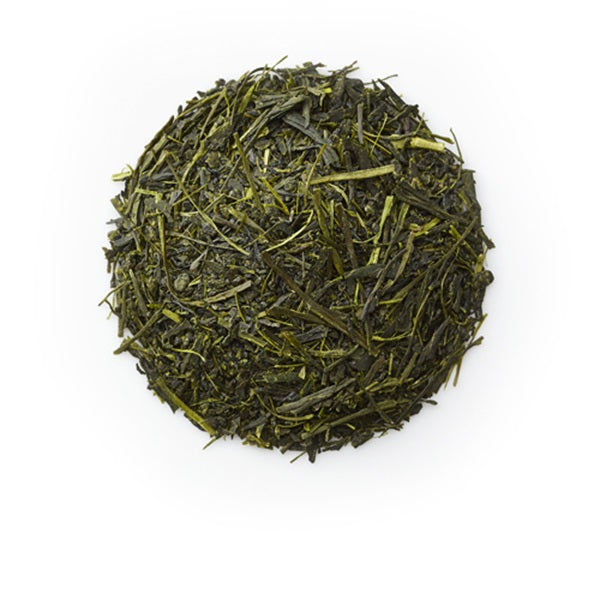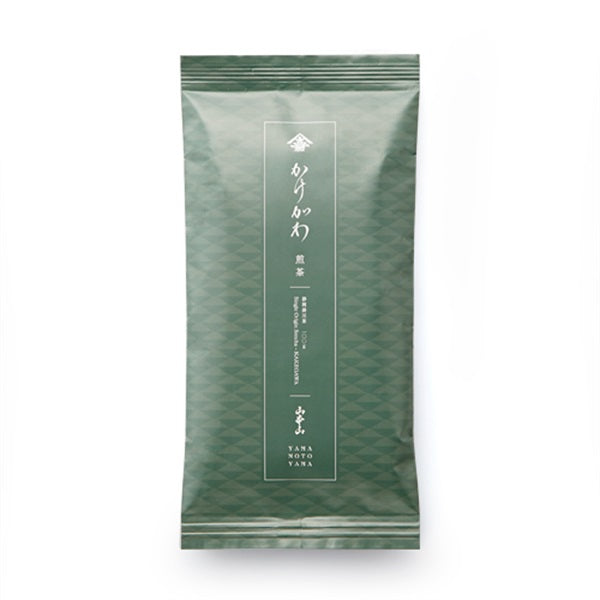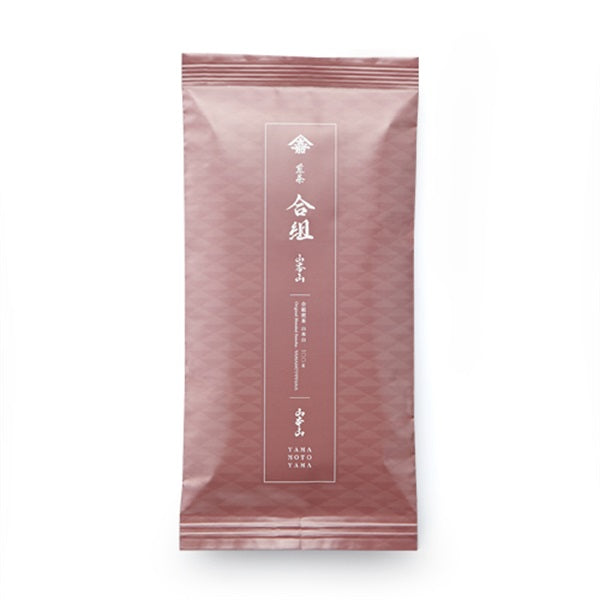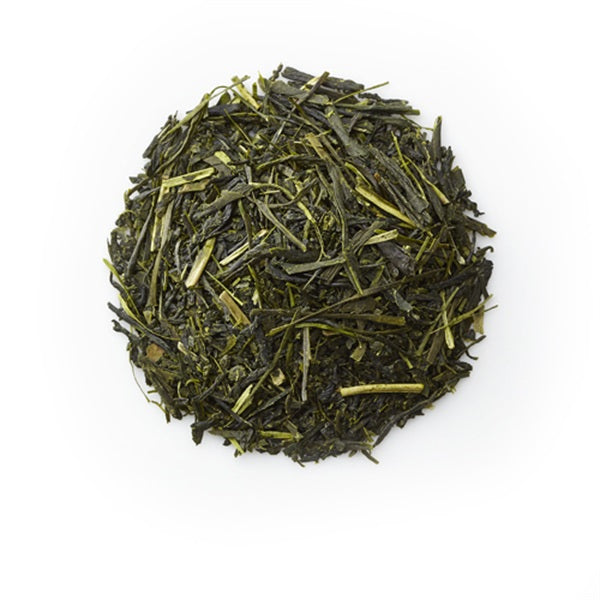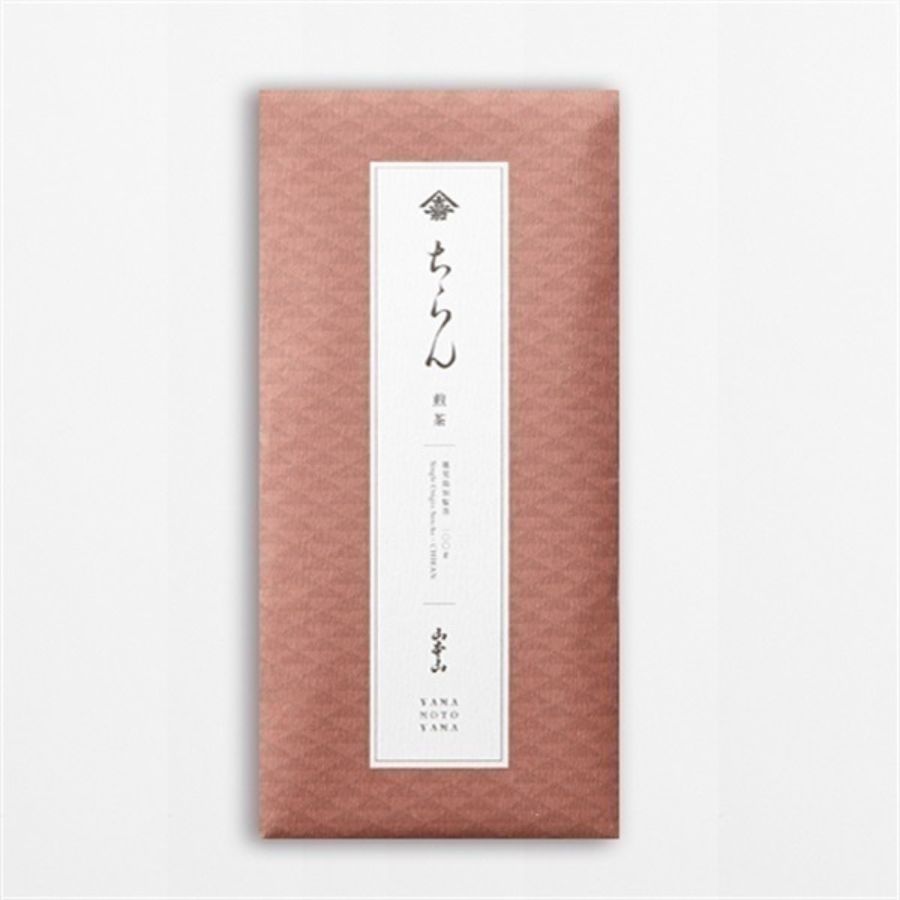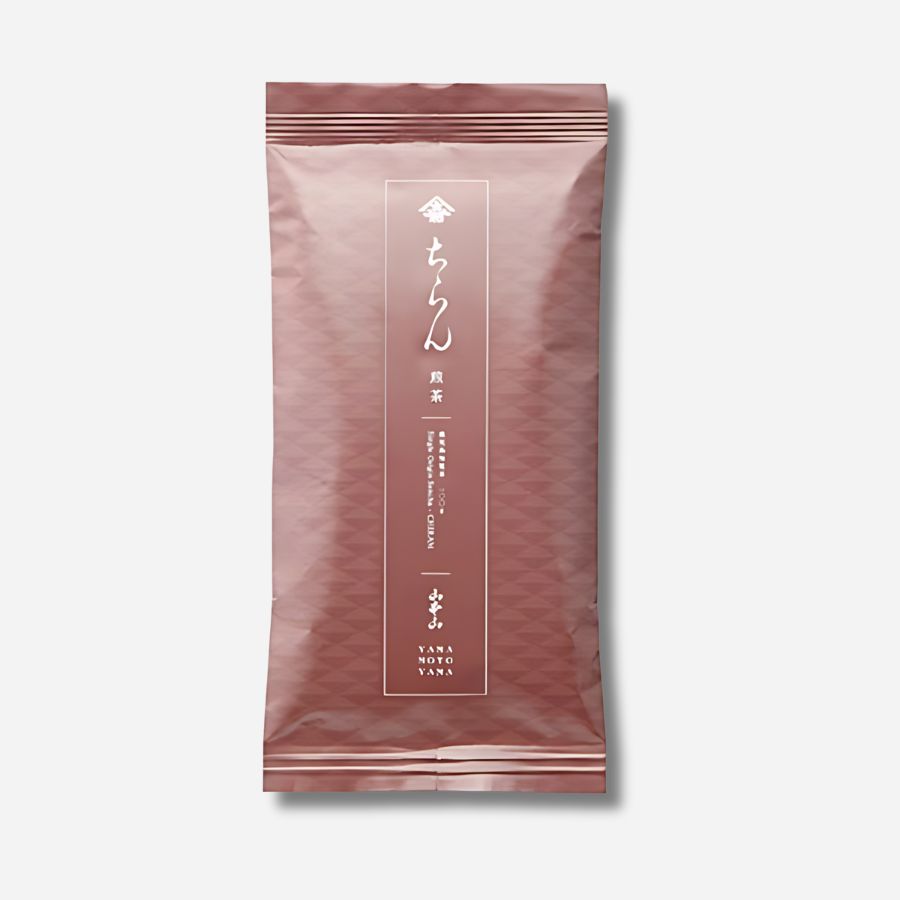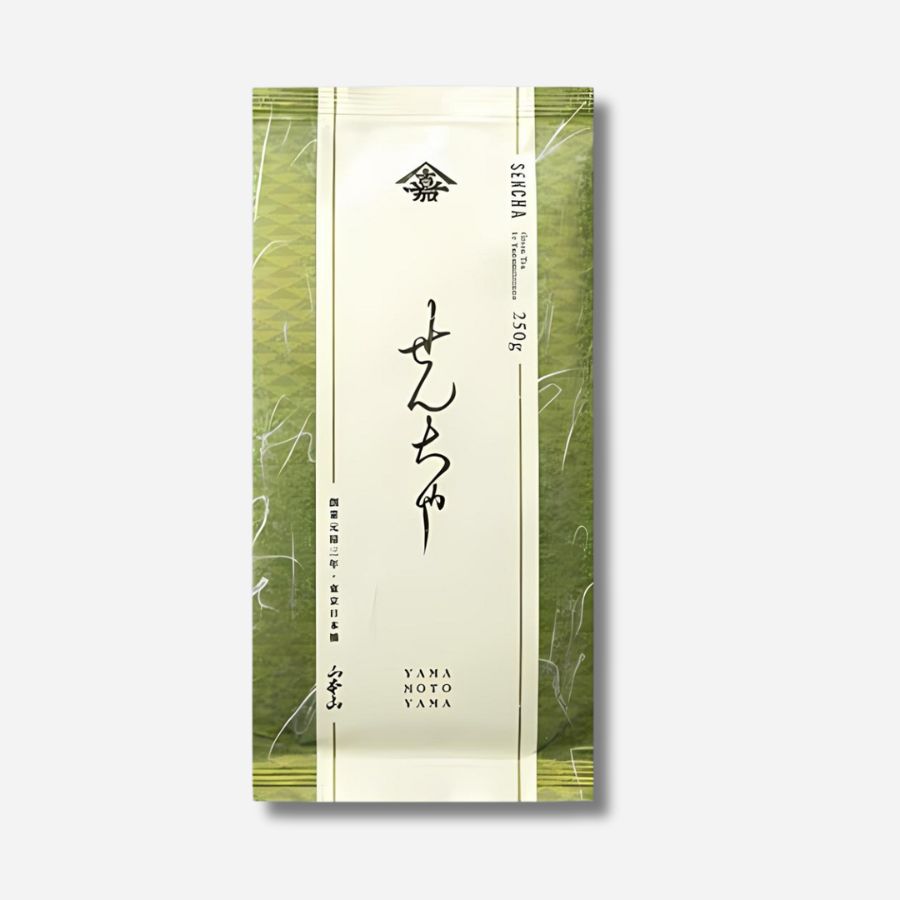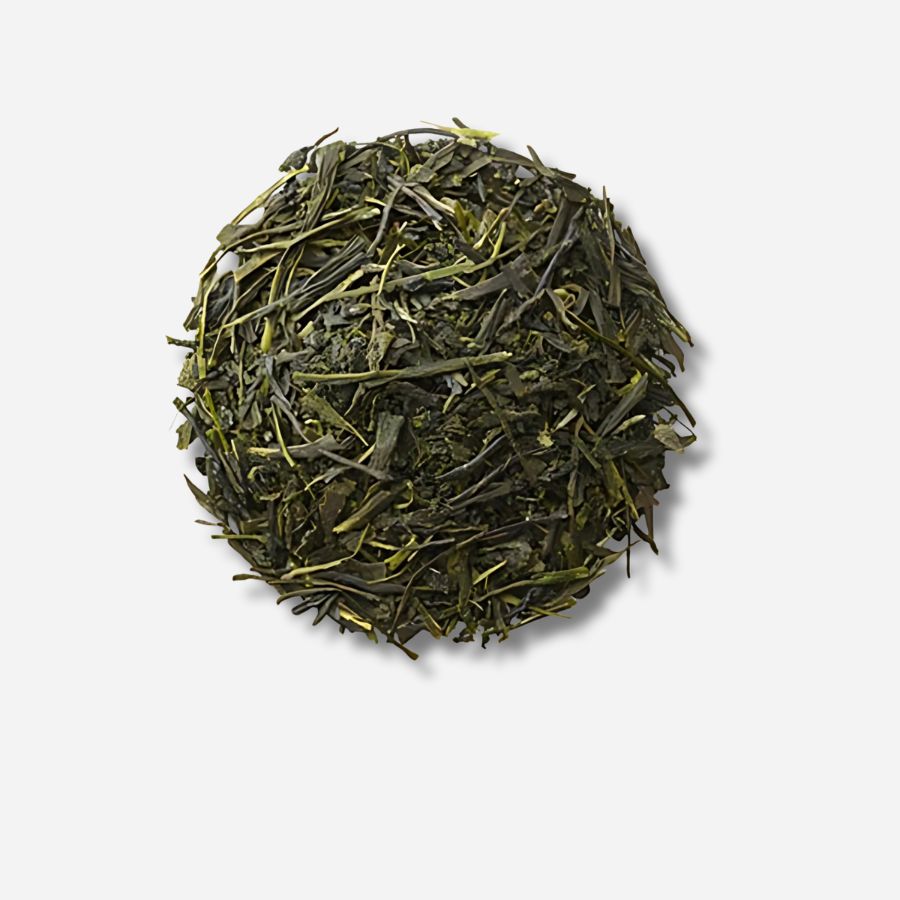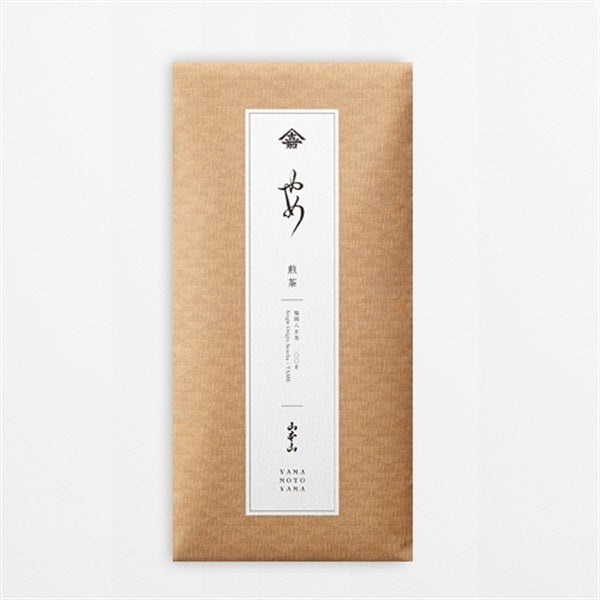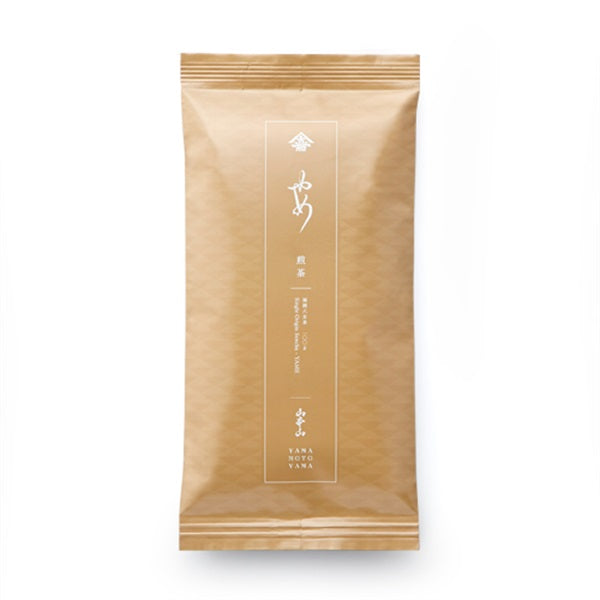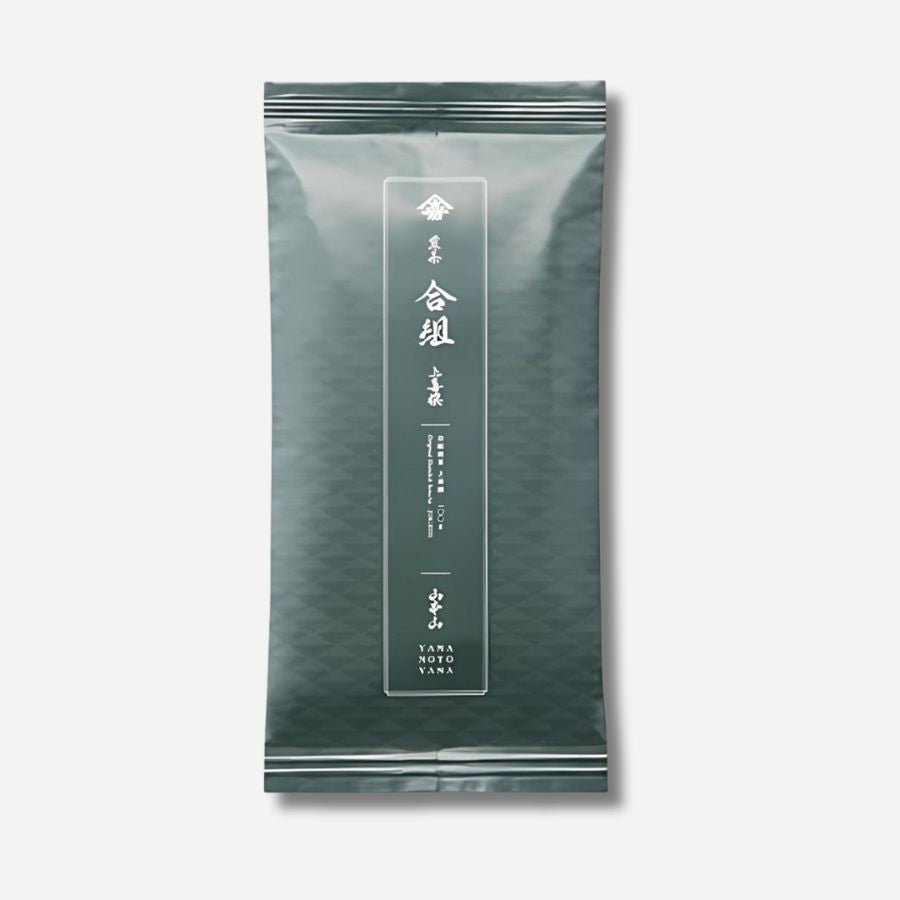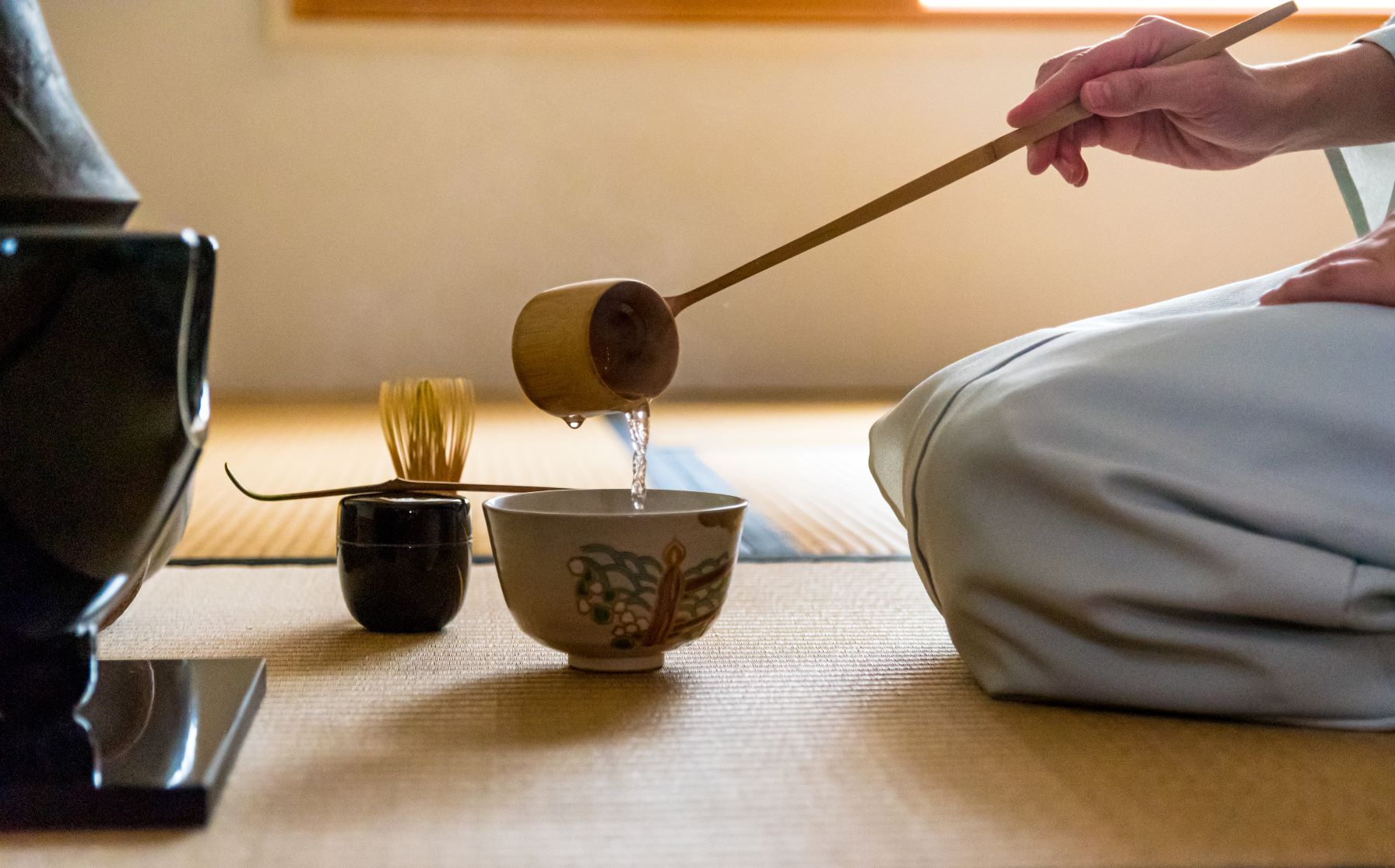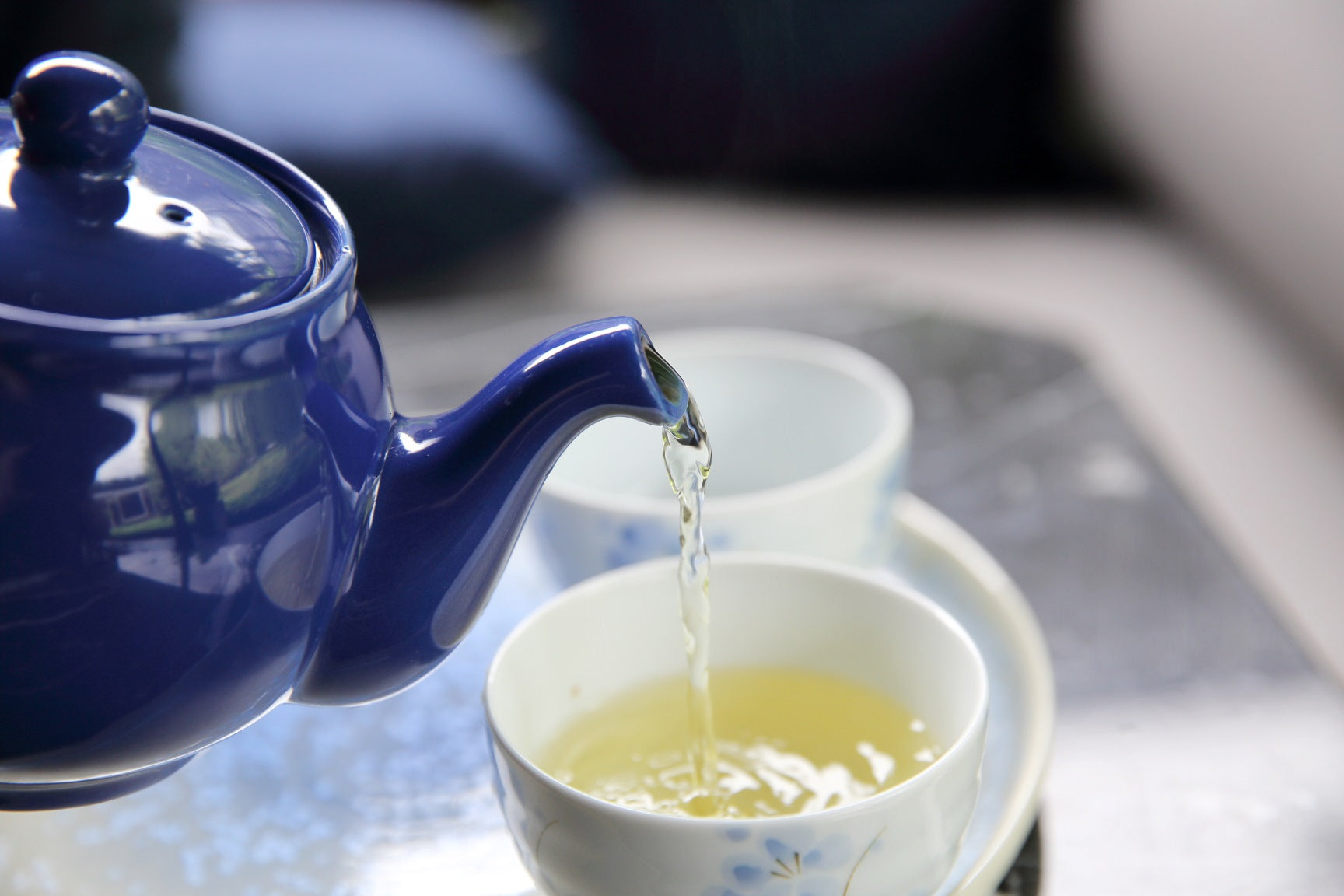
Easy way to make delicious sencha at home!
Introduction
Sencha is one of the most representative teas in Japan. It is characterized by its refreshing aroma, umami, and subtle astringency, and is loved by many people. In this article, we will introduce the basics of how to brew delicious sencha.

What to prepare (materials and tools)
Teapot, tea bowl, teaspoon, tea leaves, hot water, timer, tea tray
Sencha for two
・Tea leaves: 4-5 grams (2 teaspoons)
・Amount of hot water: 160cc
・Temperature: About 70-75℃ (first brew), about 82℃ (second brew)

How to Brew Sencha
0. Boil water
Fill a kettle with freshly drawn water and bring it to a boil. Once the water is boiling, it is important to keep boiling for a minute or two.
This not only removes the chlorine odor, but continuing to boil the water breaks down the water clusters (groups of molecules) into smaller pieces, making it easier for the water molecules to penetrate the tea leaves, which is said to bring out the tea's ingredients and flavor better.
1. Pour boiling water into the teapot, then pour water from the teapot into each of the teacups until they are 80% full.
This has two purposes: to regulate the temperature and amount of hot water.
Each type of tea has its own optimum temperature. When brewing Sencha at a high temperature, the coloring is destroyed and an unpleasant flavor is produced. For this reason, the temperature is adjusted by transferring the tea to a different container.
The temperature of hot water drops by about 7°C each time it is poured into another container. If the water in the pot is about 90°C, it will be 82°C when poured into the teapot, and about 75°C when transferred from the teapot to a teacup. If you then pour the water back into the teapot, the teapot will be warm and will be about 70°C.
Also, pouring into a teacup will help you determine the appropriate amount of hot water to pour, so you can pour it all out without leaving any behind.
Another purpose is to warm the teacup and teapot, which helps bring out the aroma of the tea leaves.
2. Measure the tea leaves with a teaspoon and place in the teapot.
Discard the excess water remaining in the teapot and then brew the tea leaves. The recommended amount is about two spoons.
If you are using a tea caddy, first measure the amount of tea leaves and transfer them to the lid of the caddy before pouring them into the teapot. This is to prevent the tea leaves in the caddy from getting damp when you scoop the second cup by placing the teaspoon directly into the teapot.
Some people may store tea leaves in the original packaging they came in without using a tea canister, but even in this case, be careful not to put a damp teaspoon into the tea bag.
It may be a little troublesome, but it is better to transfer the tea leaves to a tea caddy as much as possible. When tea leaves are exposed to air, they oxidize and lose their aroma and flavor. By storing them in a sealed tea caddy, you can prevent oxidation and maintain freshness.
3. Pour the hot water that has been poured into each teacup until it is 80% full into each teapot.
Once the water has reached the right temperature in the teacup, pour it into the teapot. The temperature of the water transferred from pot to teapot to teacup to teapot will be 70-75℃, which is ideal for sencha.
4. Put the lid on the teapot and start timing.
Put the lid on the teapot and let the tea leaves steam to infuse the flavor.
The recommended steaming time is 1 minute for regular sencha, 30 seconds for deep-steamed sencha, 60 seconds for kamairicha, 30 seconds for steamed tamaryokucha, 90 seconds for kabusecha, and about 40 seconds for kukicha and budcha.
5. When the time is up, pour the mixture in a circular motion to ensure the consistency and amount is uniform.
When the tea leaves have opened about 80-90%, it is time to start pouring the first brew. Do not pour it all in one go, but pour it in a circular motion while watching the color of the water. Also, pour alternately into the tea bowl to ensure an even flavor.
6. Point the spout of the teapot straight down and pour everything out until the last drop
If even a little bit of hot water remains in the teapot, the remaining ingredients will continue to infuse. This will lead to bitterness and astringency in the second and subsequent brews, and will cause the flavor to deteriorate, so be sure to pour out all the water until the last drop.
7. Flatten the tea leaves remaining in the teapot
After pouring once, the tea leaves will inevitably be biased towards the spout. After pouring the first brew, tap the side of the teapot to flatten the tea leaves. This will allow the flavor of the tea leaves to be fully infused for the second brew.
8. Leave the lid of the teapot aside until the second infusion is made. This prevents the tea leaves from steaming.
If you leave the lid on the teapot, the steam will steam the tea leaves inside and open them up. This will also cause the second and subsequent brews to be bitter or astringent. Once you've finished pouring, remove the lid and move it slightly away from the teapot. This will allow the heat in the teapot to escape and prevent the tea leaves from steaming too much.

Points to note when brewing the second cup
The procedure for brewing the second infusion is basically the same as for the first infusion, with the only difference being the steeping time and the temperature of the water.
Since the tea leaves have already opened, the steeping time can be shorter than for the first brew. After pouring hot water into the teapot, pour the tea into the teacups immediately.
Also, the water temperature should be a little higher than for the first brew. This is because some of the ingredients have already been extracted in the first brew, so brewing at a higher temperature allows you to enjoy the flavor of the tea.

The difference between regular sencha and deep-steamed sencha
There are two types of sencha: regular sencha and deep-steamed sencha. The basic brewing method is the same, but the extraction time differs.
- Regular Sencha: 60 seconds
- Deep-steamed Sencha: 30 seconds
For regular sencha, the tea leaves are steamed immediately after picking, then rolled and dried. The steaming time is short, only 30 to 40 seconds, and the tea has a refreshing aroma and a well-balanced taste of astringency, bitterness, and sweetness.
On the other hand, deep-steamed sencha is made using the same basic process, but the steaming time is longer (about 60 to 80 seconds) than regular sencha, and it has a mellower flavor.
Deep-steamed sencha has a longer steaming time, which means the tea leaf fibers are more likely to break than regular sencha. Because the tea leaves open up quickly after hot water is poured in, the steeping time can be about half that of regular sencha.
summary
What did you think? This time we introduced how to brew Sencha.
This is the basis for all teas. Please try it out, starting with something easy and little by little.
Once you get used to this process, you will naturally be able to brew delicious sencha tea and adjust the flavor to your liking depending on your physical condition and mood on that day.
Be sure to master the correct brewing method and enjoy the charm of Japanese tea to your heart's content.




